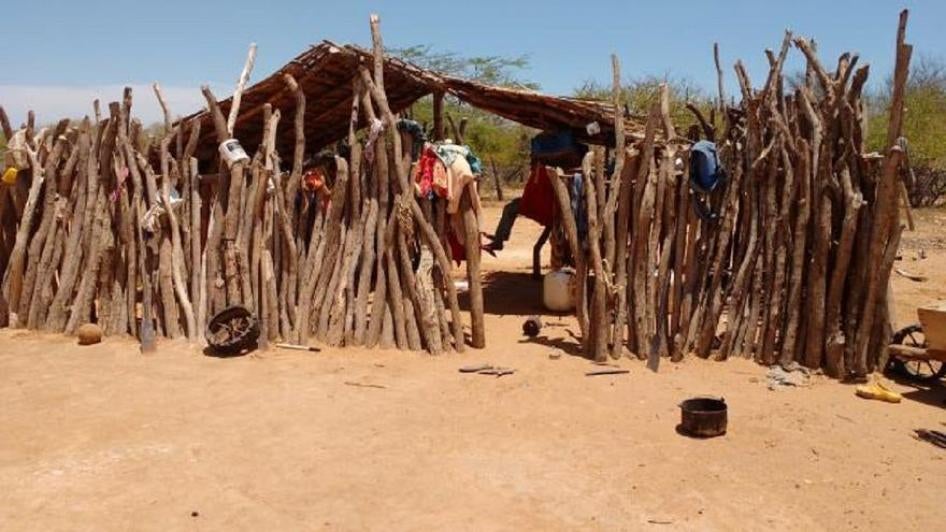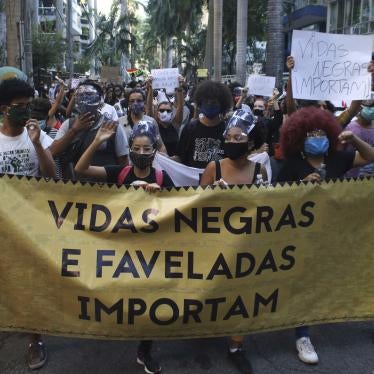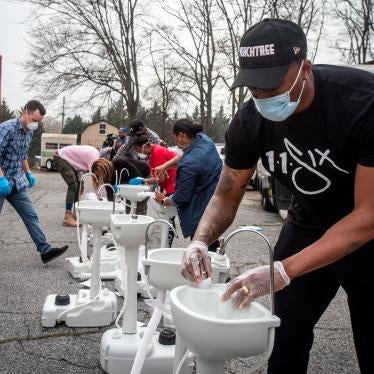Amelia sat on a bench outside her one-room straw-roofed hut knitting a handbag while her toddler grandsons played nearby in the dirt. They were skinny, and itchy-looking red rashes spread up their arms. “They spend days without eating,” said Amelia.
She told me she sold the colorful bags she knits for the equivalent of five US dollars each—though they are sold for as much as $50 online. But such handicrafts don’t go far to alleviate the dire malnutrition suffered by the Wayuu, Colombia’s largest indigenous group.
A gathering of officials this week in Paris could help bring them relief. The Organization for Economic Co-operation and Development (OECD)—a prestigious agency of mostly high-income countries that promotes policies to improve the economic and social well-being of people around the world—is examining Colombia’s application to join.
Membership is one of President Juan Manuel Santos’s longstanding ambitions and few hurdles remain. But on March 22, the OECD’s Employment, Labour and Social Affairs Committee will scrutinize whether Colombia is doing enough to “assist people without work, and other vulnerable groups, to combat poverty.” In the case of the Wayuu, it is not.
The hunger crisis is rooted in government’s serious failures of governance—including extremely poor access to basic services, limited government efforts to root out local corruption, and an insufficient response to the crisis. Among the causes is limited access to food and water–made worse by the humanitarian crisis in neighboring Venezuela, just across the border.
Three of Amelia’s seven children died before reaching adulthood, she told me, and that devastating rate of loss is not so unusual among the Wayuu. Limited access to water and food has fueled the needless deaths of scores of Wayuu during the past two years, and it is eroding the health of thousands. The crisis is well-known in Colombia for its devastating effect on children. An average of almost one indigenous child under five has died of causes linked to malnutrition every week throughout the past two years, the government reports.
But the suffering of Wayuu women and children often goes unnoticed. On my recent visits, many stoic women like Amelia gave me a glimpse of their suffering and sacrifices. I found Marcela*, for example, a pregnant woman, sweaty and dusty, on the road to Luace, her tiny rural community. For prenatal checkups, Marcela has to ride a motor scooter for an hour over bumpy dirt roads—little more than rutted paths—to reach a clinic in the town of Paraiso. She had arrived for her latest appointment at 7 a.m. the previous day and waited seven hours to see a doctor—which was typical, she said. But poor access to medical care is only part of the problem for pregnant women like Marcela. “Sometimes we eat twice a day; sometimes once and that’s it,” she told me.
On the Guajira Peninsula, some pregnant or breastfeeding women have reportedly died of causes linked to malnutrition. Shipia Wayuu, an indigeous rights group, documented four cases in 2017. The Inter-American Commission on Human Rights has asked the Colombian government to take immediate action to address the Wayuu women’s crisis.
The government has promised to act, but its efforts have fallen short, speaking volumes about Colombia’s commitment to the Wayuu. Government food programs for children in the villages I visited often ran short. Many doctors and nurses lacked medicine to treat children. And several wells dug by the government were not operating or provided only salty water.
In one community at the southern end of the peninsula, a woman and girl filled buckets from a mossy receptacle exposed to the elements at a newly-dug public well. They bathed, sluicing themselves with fetid, reeking water speckled with insects.
While Wayuu women suffer the lack of services and the ravages of hunger, they also serve in leadership roles in the fight for a decent life. Despite rigid traditional gender roles in Wayuu communities, it was often women—as teachers, community leaders, or nurses—who were doing the most, in the villages I visited, to help their neighbours. Dolores*, a cook for a government program that provides hot meals to poor children in a community at the eastern tip of the penninsula, was typical of these quiet heroes.
She struggles to feed her own family, but at times asks her daughter not to eat at the meal program. The rice, vegetables, and meat the private company that operates the program provides is often insufficient, she said, so she spends a chunk of her own $300 monthly salary to buy more. Many cooks and teachers on the peninsula told me that, like Dolores, they use their salaries to help feed the children of their villages.
I met Maria, 19, in the town of Manaure, and when I told her I couldn’t visit her home village of Camasia to do research, she decided to do her own reporting there. Through her cellphone recordings of relatives, I learned that Maria’s people generally eat only once a day and sometimes, day after day, drink only chicha–a corn gruel. The village goes weeks without access to water, and Maria’s relatives walk for more than an hour-and-a-half to fill their buckets.
Now is the time for the Employment, Labour and Social Affairs Committee of the OECD to shine a spotlight on the Wayuu crisis—and to examine the inadequate steps Colombian authorities have taken to address it. The committee should ask the Colombian goverment for a serious action plan to address the crisis, with concrete benchmarks and a vigorous verification system. Right now, the OECD has all the leverage it needs to press Colombia to alleviate the suffering of selfless women like Dolores and Maria—and help them save many more lives.
*Not her real name







